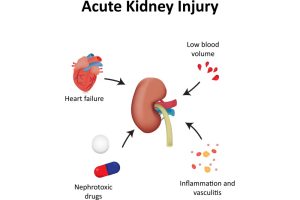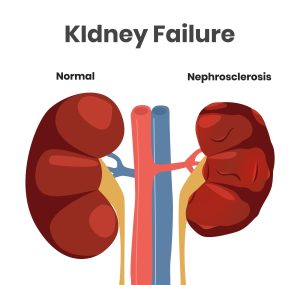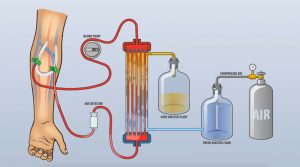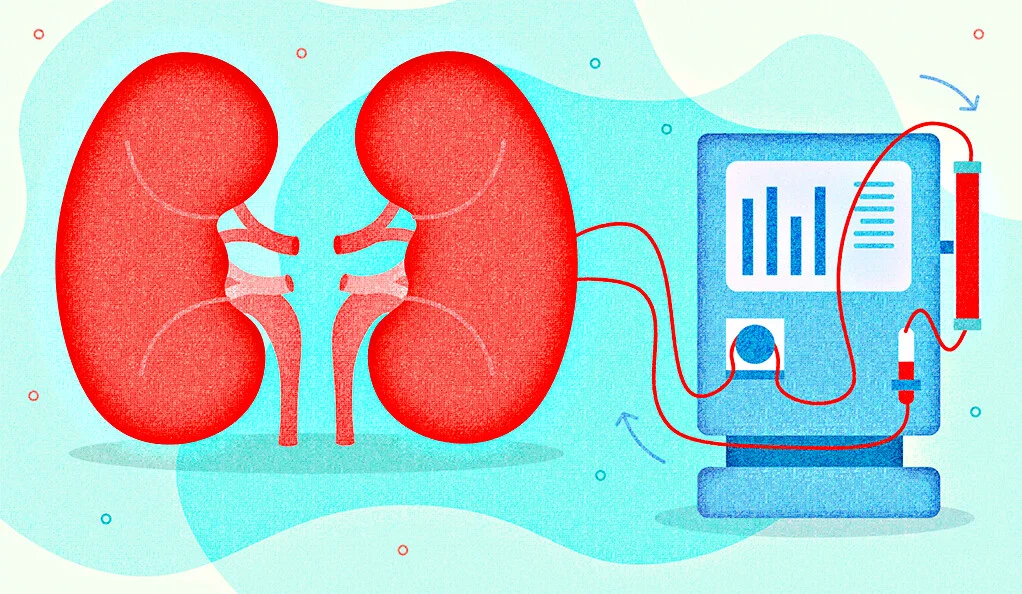Introduction
Dialysis stands as a pivotal treatment, offering a lifeline to individuals whose kidneys struggle to perform their vital functions adequately. Originating in the 1940s, the evolution of dialysis into a standard procedure for managing kidney failure since the 1970s has significantly impacted the lives of millions across the globe. This article delves into the intricate world of dialysis, exploring its types, settings, effectiveness, and potential side effects.
Types and Settings
Dialysis, a versatile treatment, can be administered in various settings, including hospitals, dialysis centers, and the comfort of one’s home. The decision on the type of dialysis and its location is a collaborative effort between patients and their healthcare providers, taking into account medical conditions and individual preferences.
1. Acute Kidney Injury (AKI)
One of the scenarios where dialysis proves invaluable is in the case of Acute Kidney Injury (AKI). This condition entails a sudden episode of kidney failure or damage, often requiring treatment in a hospital setting. In severe cases, dialysis may become a necessary intervention until the kidneys exhibit signs of recovery.

2. Kidney Failure (End-Stage Kidney Disease – ESKD)
In the realm of End-Stage Kidney Disease (ESKD), where only 10-15% of kidney function remains, dialysis emerges as a long-term solution. It becomes a lifelong necessity or a bridge until a kidney transplant becomes a viable option.

How Dialysis Works
Understanding the mechanics of dialysis provides insight into its significance as a life-sustaining treatment. Dialysis steps in to perform crucial kidney functions, including:
- Waste and Fluid Removal: Dialysis efficiently eliminates waste products and excess fluids, preventing their harmful accumulation in the body.
- Mineral Regulation: Maintaining safe levels of essential minerals in the blood, such as potassium, sodium, calcium, and bicarbonate, is a vital role of dialysis.
- Blood Pressure Regulation: Dialysis contributes to the regulation of blood pressure, a critical factor in overall health.

Types of Dialysis
1. Hemodialysis (HD)
Hemodialysis involves utilizing a sophisticated filtering machine, known as a dialyzer, to purify the blood by removing waste and excess fluid. Before initiating hemodialysis, a minor surgical procedure is required to create a vascular access site, typically located in the arm. Treatments, lasting approximately four hours, are generally conducted three times a week.
2. Peritoneal Dialysis (PD)
Peritoneal Dialysis takes a unique approach by filtering the blood within the body, utilizing the peritoneum, the lining of the abdomen, as a natural filter. A catheter is surgically placed in the belly, and a cleansing fluid called dialysate is introduced. This fluid, akin to a magnet, pulls out waste products as it flows through the blood vessels in the peritoneum. Two common types of peritoneal dialysis are Continuous Ambulatory Peritoneal Dialysis (CAPD) and Automated Peritoneal Dialysis (APD).

Effectiveness
While dialysis proves highly effective in clearing waste products and excess fluids, it’s essential to recognize that it does not fully replace all kidney functions. Instead, it serves as a supportive measure rather than a curative one. The various types of dialysis, including hemodialysis and peritoneal dialysis, are equally effective, with the choice guided by individual medical conditions and personal preferences.

Enhancing Effectiveness
Several proactive steps can be taken to enhance the effectiveness of dialysis treatments:
- Adherence to Treatment Schedule: Completing prescribed treatments according to the recommended schedule is crucial for optimal outcomes.
- Customized Eating Plan: Following a customized eating plan, as advised by a kidney dietitian, aids in supporting overall health during dialysis.
- Physical Activity: Engaging in regular physical activity contributes to increased strength and heart health, complementing the benefits of dialysis.
- Communication with Healthcare Team: Regular communication with the dialysis provider and pharmacist about medications, supplements, and any concerns is vital for personalized care.

Side Effects
Both hemodialysis and peritoneal dialysis come with potential side effects, and individuals may respond differently to treatment. Common side effects include:
Conclusion
In conclusion, dialysis emerges as a crucial and effective treatment option for individuals grappling with kidney failure. This comprehensive exploration aims to provide a deeper understanding of the types, effectiveness, and potential side effects associated with dialysis. Making informed decisions, based on individual circumstances and preferences, is pivotal in navigating the intricate landscape of kidney health and the role of dialysis in sustaining life.





